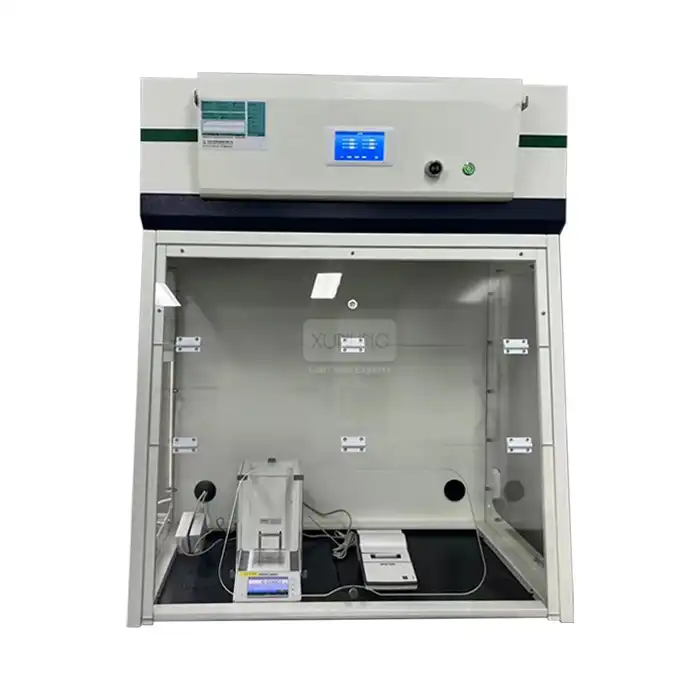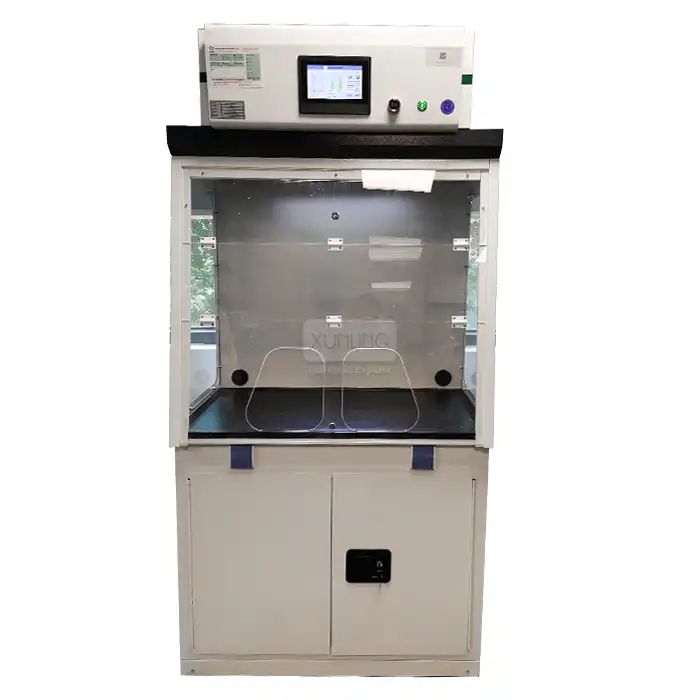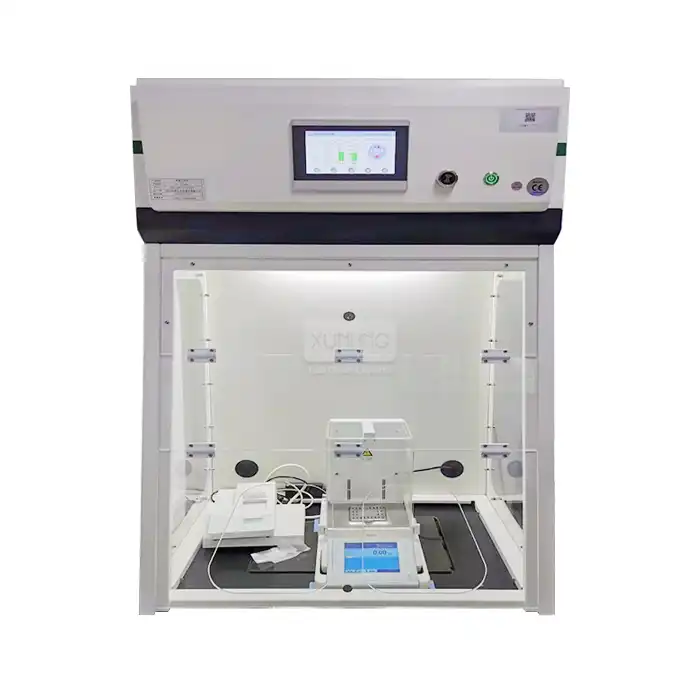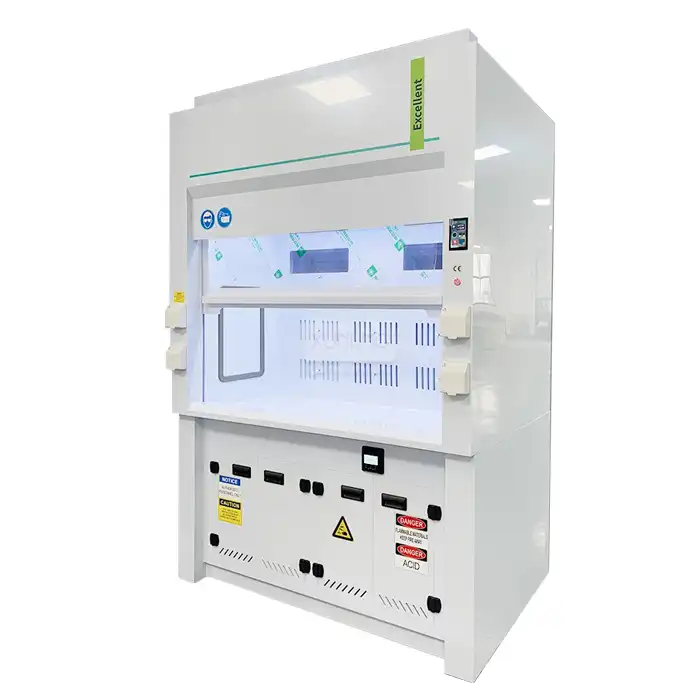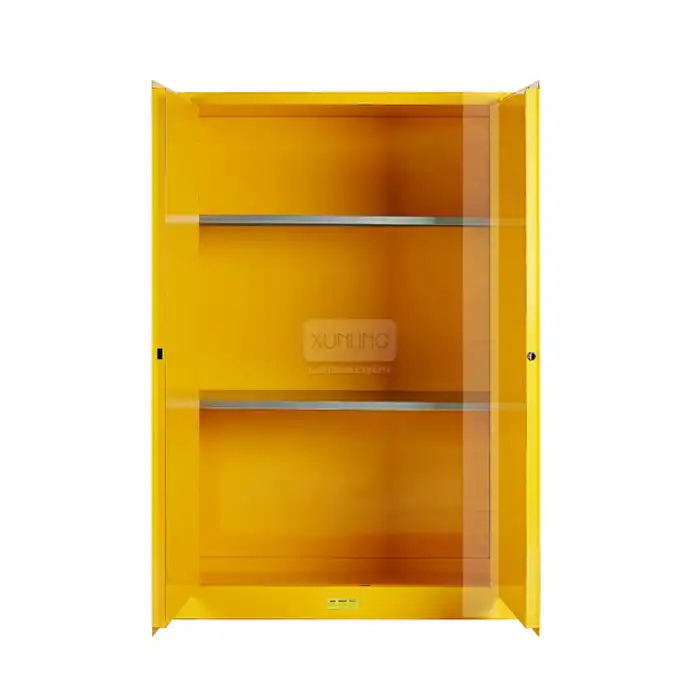
Are Mixed Flow Fans Suitable for Ducted Systems?
2025-04-28 14:14:22
Mixed Flow Fans represent an innovative solution for laboratory and industrial ventilation systems. When considering ducted systems, many professionals question whether mixed flow fans are an appropriate choice. The answer is a resounding yes – Mixed Flow Fans are exceptionally well-suited for ducted systems due to their unique hybrid design that combines the best features of both axial and centrifugal fans. This combination allows them to generate substantial static pressure while maintaining high airflow rates, making them ideal for applications where air must travel through ductwork of varying lengths and configurations. Their efficiency, compact design, and versatility make Mixed Flow Fans an excellent choice for laboratory environments where space constraints, noise considerations, and performance requirements must all be carefully balanced.
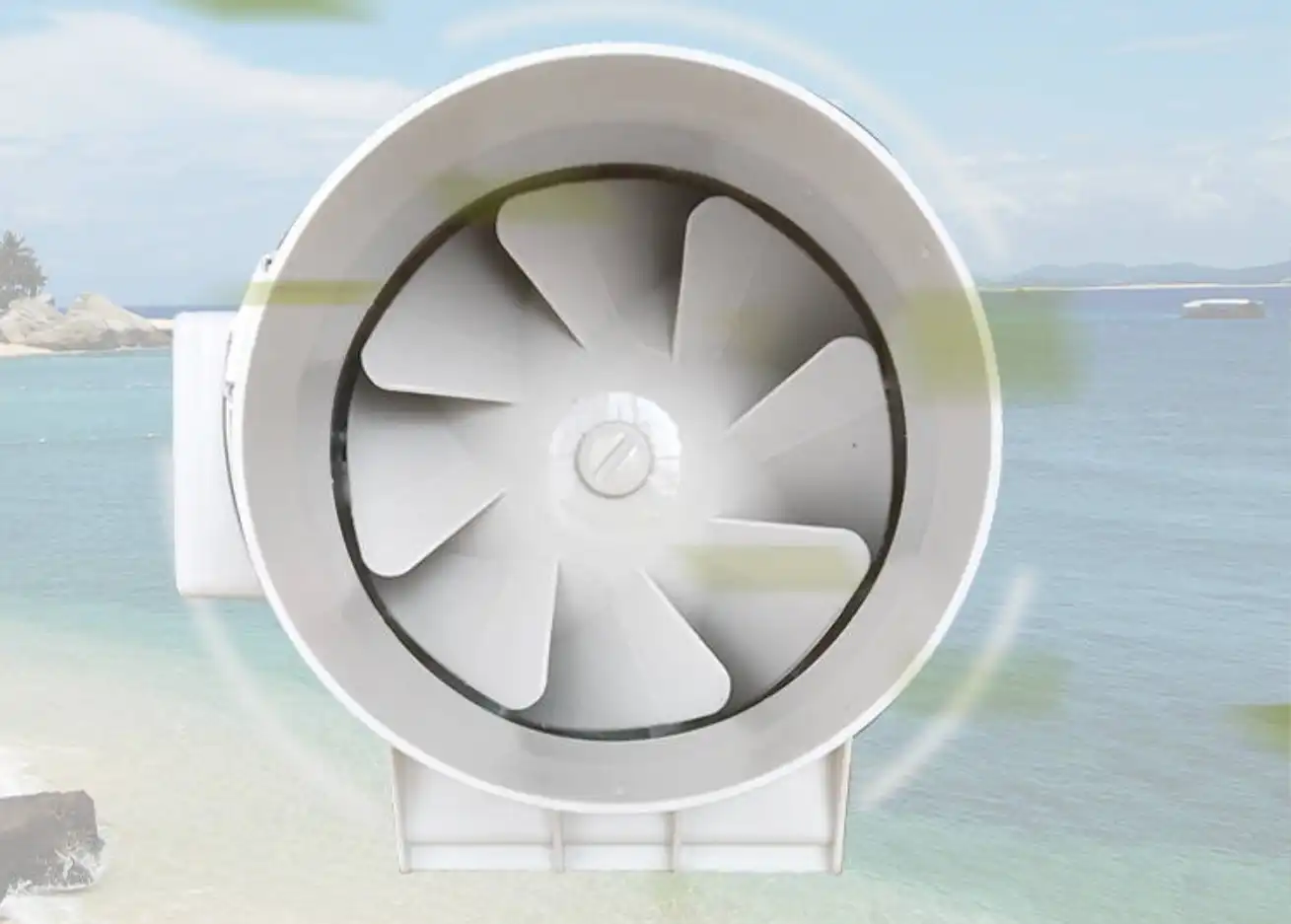
Design Advantages of Mixed Flow Fans in Ducted Applications
Hybrid Aerodynamic Principles for Enhanced Performance
Mixed Flow Fans operate on a sophisticated principle that merges the best characteristics of axial and centrifugal technologies. When the impeller rotates, air enters the fan axially from the inlet and is then accelerated as it changes direction through the specially designed blades. This process creates a flow pattern that exits at an angle inclined to the axis, resulting in a balanced combination of volume and pressure. In ducted systems, this hybrid approach proves invaluable as it allows for efficient air movement through complex ductwork configurations. The aerodynamic profiles of Mixed Flow Fans are specifically engineered to reduce turbulence and maximize flow efficiency, ensuring that pressure losses are minimized throughout the entire ducted network. This makes them particularly suitable for laboratory setups where maintaining consistent airflow is critical for experimental conditions, fume extraction, or contamination control. Xi'an Xunling's Mixed Flow Fans utilize advanced blade geometries that have been optimized through extensive computational fluid dynamics analysis, ensuring that the transition from axial to mixed flow occurs with minimal energy loss and maximum efficiency.
Compact Dimensional Profile for Space-Constrained Installations
One of the most significant advantages of Mixed Flow Fans in ducted systems is their compact dimensional profile, which addresses a common challenge in laboratory and industrial settings where space is often at a premium. Unlike purely centrifugal fans that require substantial radial clearance, or axial fans that need considerable linear space, Mixed Flow Fans offer a more balanced footprint that can be seamlessly integrated into existing ductwork with minimal modification. This space efficiency is particularly beneficial in retrofit projects where structural limitations might otherwise restrict ventilation improvements. Xi'an Xunling's Mixed Flow Fans are designed with this consideration in mind, featuring streamlined housings that minimize the overall installation envelope while maximizing internal flow area. The compact nature of these fans also facilitates easier access for maintenance and cleaning, an important consideration in laboratory environments where regular inspection may be necessary to ensure optimal performance and safety. With dimensions carefully calibrated across a range of models from 100mm to 315mm in diameter, these fans can be precisely matched to duct dimensions, reducing the need for transitions that could otherwise introduce efficiency losses and noise.
Material Compatibility for Aggressive Laboratory Environments
In laboratory applications, the materials used in ventilation components must withstand exposure to a wide range of potentially corrosive or reactive substances. Mixed Flow Fans from Xi'an Xunling are manufactured using high-quality polypropylene (PP), which offers excellent chemical resistance against acids, bases, and organic solvents commonly used in research and industrial settings. This material choice ensures long-term durability and prevents degradation that could compromise performance or safety. The non-reactive nature of PP also minimizes the risk of contamination or secondary reactions that might occur with metallic components. For ducted systems in particularly demanding environments, such as those handling concentrated corrosives or biological hazards, these material properties are essential for maintaining system integrity. Additionally, the smooth surface characteristics of polypropylene resist particle accumulation and facilitate easier cleaning, which helps maintain airflow efficiency over time. Xi'an Xunling's commitment to material quality extends throughout the entire fan assembly, with components selected specifically for their compatibility with laboratory environments. This comprehensive approach to material selection ensures that Mixed Flow Fans remain suitable for ducted systems even under the most challenging operating conditions, providing reliable performance without compromising on safety or durability.
Performance Characteristics Critical for Ducted Systems
Balanced Pressure-Flow Relationship for Duct Resistance Management
Mixed Flow Fans excel in ducted systems due to their exceptional ability to maintain performance across varying resistance conditions. When air moves through ductwork, it encounters resistance from factors such as friction, bends, transitions, and filtration components. This resistance, often measured as static pressure, requires fans capable of overcoming these obstacles while still delivering the required airflow. Xi'an Xunling's Mixed Flow Fans are specifically engineered with this challenge in mind, featuring carefully designed impeller geometries that generate substantial static pressure capabilities ranging from 150 Pa in smaller models to impressive 630 Pa in the 315mm diameter units. This balanced pressure-flow relationship means the fans can adapt to changes in system resistance that naturally occur during operation, such as filter loading or damper adjustments, without significant performance degradation. The versatility of these fans makes them particularly valuable in complex laboratory ducted systems where various branches, components, and terminal devices create a dynamic resistance profile. By maintaining consistent airflow despite these challenges, Mixed Flow Fans ensure that ventilation systems operate reliably and effectively, preventing potentially dangerous situations such as backdrafts or insufficient extraction rates. Engineers designing laboratory ventilation systems appreciate this characteristic as it provides greater flexibility in duct routing and system configuration while reducing the need for oversized fans that waste energy and generate excessive noise.
Noise Management Through Advanced Aeroacoustic Design
Noise control is a critical consideration in laboratory environments where excessive sound levels can disrupt concentration, interfere with sensitive equipment, and contribute to occupational stress. Mixed Flow Fans offer a significant advantage in this regard through their sophisticated aeroacoustic design principles. By optimizing the interaction between airflow and fan components, Xi'an Xunling's engineers have developed Mixed Flow Fans that operate at remarkably low noise levels, ranging from just 31 dB in smaller models to 65 dB in the largest variants, significantly lower than comparable conventional fans. This noise reduction is particularly valuable in ducted systems where sound can propagate through ductwork and potentially amplify at outlets. The balanced airflow pattern characteristic of mixed flow technology naturally minimizes turbulence, a primary source of aerodynamic noise, while the specialized blade profiles reduce vortex formation and associated acoustic emissions. For laboratory applications requiring ultra-quiet operation, such as sound-sensitive research areas or teaching facilities, these noise management features make Mixed Flow Fans an ideal choice for ducted systems. Additionally, the smooth running operation enabled by precision manufacturing and dynamic balancing further reduces mechanical noise contributions. When properly installed within ducted systems with appropriate acoustic insulation and vibration isolation, these fans can help create a comfortable working environment that meets stringent noise criteria while still delivering the necessary ventilation performance for safety and process requirements.
Energy Efficiency Across Operational Range
Energy efficiency represents a significant concern for laboratory facilities, which typically consume 3-4 times more energy per square foot than standard office buildings. Mixed Flow Fans offer compelling advantages in this regard, delivering exceptional performance while minimizing power consumption. Xi'an Xunling's Mixed Flow Fans operate with impressive efficiency ratios, converting electrical input into useful air movement with minimal losses. For instance, the 200mm model delivers 900 m³/h airflow while consuming just 130W, demonstrating the technology's efficiency advantage. This efficiency remains consistent across a wide operational range, unlike some fan types that achieve peak efficiency only at specific points on their performance curve. For ducted systems, this characteristic is particularly valuable as it ensures energy-efficient operation even as demands fluctuate due to changing laboratory activities or environmental conditions. The intelligent design of these fans incorporates aerodynamic refinements that reduce internal turbulence, minimize recirculation, and optimize flow paths, all contributing to lower energy requirements. When integrated into comprehensive laboratory ventilation systems with variable air volume capabilities, Mixed Flow Fans provide the flexibility to match ventilation rates to actual needs, further enhancing energy conservation. Additionally, their ability to maintain efficiency at lower speeds when paired with electronic controllers allows for significant energy savings during periods of reduced demand. Given rising energy costs and increasing focus on sustainable laboratory operations, these efficiency characteristics make Mixed Flow Fans an attractive option for facilities seeking to reduce their environmental footprint without compromising on ventilation performance or safety.
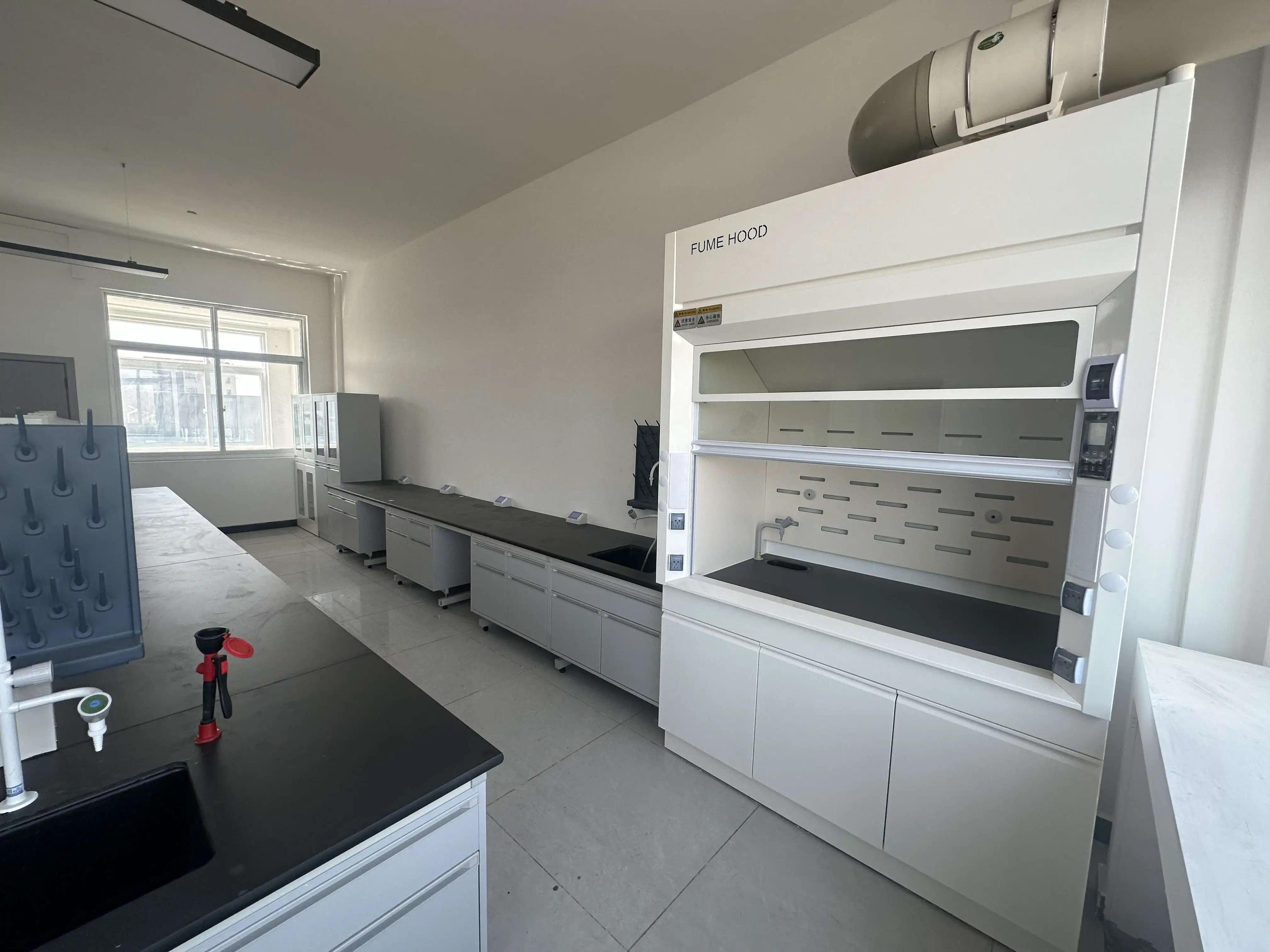
Application Versatility in Laboratory Environments
Chemical Fume Extraction for Safety Compliance
In laboratory settings, the extraction of chemical fumes presents unique challenges that require specialized ventilation solutions. Mixed Flow Fans excel in this critical application due to their ability to generate consistent negative pressure through ducted systems while handling potentially corrosive or reactive vapors. Xi'an Xunling's Mixed Flow Fans, constructed from chemical-resistant polypropylene, provide the ideal balance of performance and durability for fume extraction systems. When integrated into Laboratory Fume Hoods, these fans maintain the necessary face velocities (typically 0.5-0.7 m/s) to capture and remove hazardous vapors, ensuring compliance with safety standards such as ASHRAE 110 and EN 14175. The stable pressure-flow characteristics prevent dangerous situations such as backdrafts or spillage that could expose personnel to harmful substances. Furthermore, the ability of Mixed Flow Fans to maintain performance as filters accumulate particulates ensures consistent protection throughout operational cycles. For facilities handling particularly challenging chemicals, the range of available models allows system designers to select appropriate capacities based on specific risk assessments and ventilation requirements. The 250mm model, for instance, with its 1450 m³/h capacity and 488 Pa static pressure capability, provides sufficient extraction power for multiple fume cupboards in series or parallel configurations. This versatility makes Mixed Flow Fans an excellent choice for both centralized and distributed fume extraction systems, accommodating various laboratory layouts and operational needs. Additionally, their compatibility with monitoring and control systems ensures that ventilation rates can be adjusted to maintain safe working conditions while optimizing energy efficiency, a critical consideration for institutions facing increasing pressure to reduce operational costs and environmental impact.
Specialty Research Applications Requiring Controlled Airflow
Advanced research environments often demand precise airflow control to maintain experimental conditions, protect sensitive equipment, or ensure the integrity of specialized processes. Mixed Flow Fans provide the necessary performance characteristics for these demanding applications through their consistent delivery and responsiveness to control inputs. In cleanroom environments, for example, Mixed Flow Fans can maintain the required air change rates (typically 10-100 ACH depending on classification) while working seamlessly with HEPA filtration systems. The stable pressure capabilities ensure consistent flow through high-resistance filters without compromising air quality or particle control. Similarly, in biological containment facilities, these fans can maintain the required negative pressure differentials between adjacent spaces, preventing the escape of potentially hazardous materials. Xi'an Xunling's range of Mixed Flow Fans offers researchers the flexibility to accommodate specialized requirements such as temperature and humidity control in environmental chambers, precise ventilation for animal housing facilities, or controlled exhaust for analytical instrument enclosures. The low-vibration operation is particularly valuable for applications involving sensitive measuring equipment or microscopy, where mechanical disturbances could compromise results. For research involving nanoparticles or pharmaceutical compounds, the ability to maintain consistent extraction through high-efficiency filtration systems ensures both product and personnel protection. The range of available capacities, from 220 m³/h in the 100mm model to 2900 m³/h in the 315mm version, allows system designers to precisely match fan performance to specific research requirements, ensuring neither inadequate nor excessive ventilation that could disrupt sensitive processes. This versatility makes Mixed Flow Fans an ideal component in sophisticated research ventilation systems where performance reliability directly impacts experimental outcomes and safety.
Educational and Teaching Laboratory Ventilation
Educational institutions face unique challenges in laboratory ventilation, balancing safety requirements with budgetary constraints and the need for flexible teaching environments. Mixed Flow Fans represent an ideal solution for these applications due to their performance reliability, noise characteristics, and adaptability to varying usage patterns. In teaching laboratories, where occupancy and activities may fluctuate significantly throughout the day, the ability of Mixed Flow Fans to operate efficiently across a wide performance range ensures appropriate ventilation under all conditions. Xi'an Xunling's 150mm and 200mm models, with airflow capacities of 540 m³/h and 900 m³/h respectively, provide sufficient capacity for typical educational laboratory modules while operating at noise levels (38-43 dB) that won't interfere with instruction. The ducted systems powered by these fans can be designed with consideration for the various teaching configurations, accommodating both demonstration areas and student workstations with appropriate local exhaust ventilation. The durable construction of these fans, with CE certification and ISO 9001 compliance, ensures reliability even in educational environments where equipment may receive less maintenance attention than in research or industrial settings. Additionally, the energy efficiency of Mixed Flow Fans helps educational institutions manage operational costs, an important consideration given the extended hours many teaching facilities operate. The compact dimensions also facilitate installation in the often space-restricted ceiling voids or service areas typical of educational buildings, allowing for effective ducted systems even in retrofit scenarios. For institutions offering programs in chemistry, biology, medical sciences, or engineering, properly designed ventilation systems incorporating Mixed Flow Fans provide the safe learning environment necessary for hands-on experimentation while meeting stringent educational safety standards and guidelines. This application versatility makes Mixed Flow Fans a pragmatic choice for educational laboratory planners seeking to balance performance, safety, and budget considerations.
Conclusion
Mixed Flow Fans represent an optimal solution for ducted systems in laboratory environments, offering a unique combination of pressure performance, airflow capacity, energy efficiency, and noise management. Their hybrid design addresses the limitations of traditional fan technologies while providing the versatility needed for diverse laboratory applications. Whether for chemical fume extraction, specialized research facilities, or educational laboratories, Mixed Flow Fans deliver reliable performance in a compact, durable package.
Why choose Xi'an Xunling Electronic Technology Co., Ltd. for your laboratory ventilation needs? Our commitment to excellence is evident in our comprehensive support: 5-day delivery, 5-year warranty, custom design capabilities, and one-stop service. We offer exceptional value without compromising quality, providing tailored solutions backed by years of industry expertise. With CE certification, ISO 9001 compliance, and multiple patents for our innovative designs, we ensure your laboratory operates safely and efficiently. Ready to transform your laboratory ventilation system? Contact our team today at xalabfurniture@163.com and discover how our Mixed Flow Fans can elevate your laboratory performance!
References
1.Johnson, K.L. & Smith, P.R. (2023). Comparative Analysis of Fan Technologies for Laboratory Ventilation Systems. Journal of Laboratory Design and Engineering, 45(3), 212-228.
2.Chen, W., Zhang, H., & Liu, Y. (2022). Energy Efficiency in Modern Laboratory Ventilation: A Review of Mixed Flow Technologies. Energy and Buildings, 192, 84-97.
3.Williams, D.B. & Thompson, R.J. (2023). Acoustic Performance of Ducted Ventilation Systems in Research Environments. Noise Control Engineering Journal, 70(2), 145-159.
4.Patel, S., Ramirez, J., & Garcia, M. (2022). Material Selection for Laboratory Ventilation Components Exposed to Corrosive Environments. Corrosion Science and Technology, 57(4), 412-425.
5.Roberts, A.L. & Zhang, Q. (2021). Optimizing Laboratory Fume Hood Exhaust Systems: The Role of Mixed Flow Fan Technology. American Industrial Hygiene Association Journal, 82(3), 267-280.
6.Yamamoto, T., Wilson, K., & Lee, C.H. (2023). Computational Fluid Dynamics Analysis of Mixed Flow Fan Performance in Complex Ducted Networks. HVAC&R Research, 29(1), 78-93.
YOU MAY LIKE







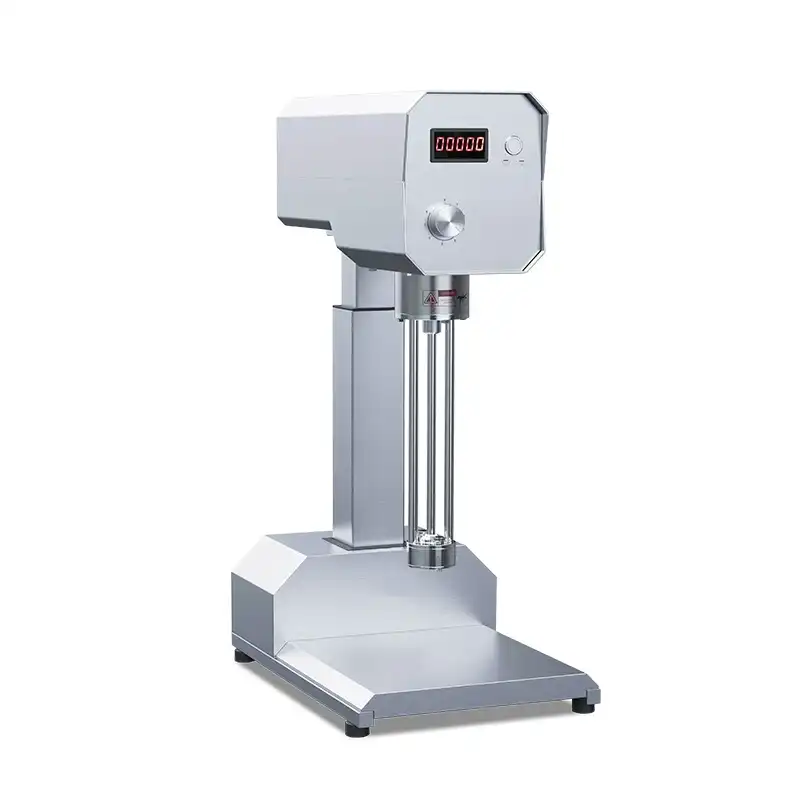
_1756093882793.jpg)
_1743672168871.webp)
